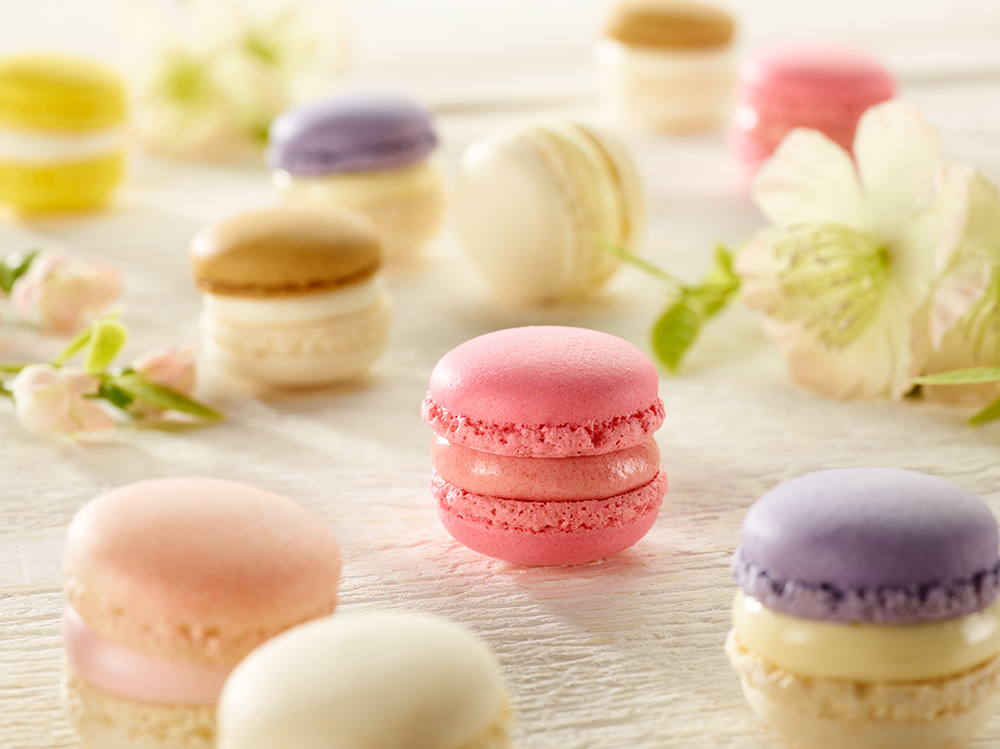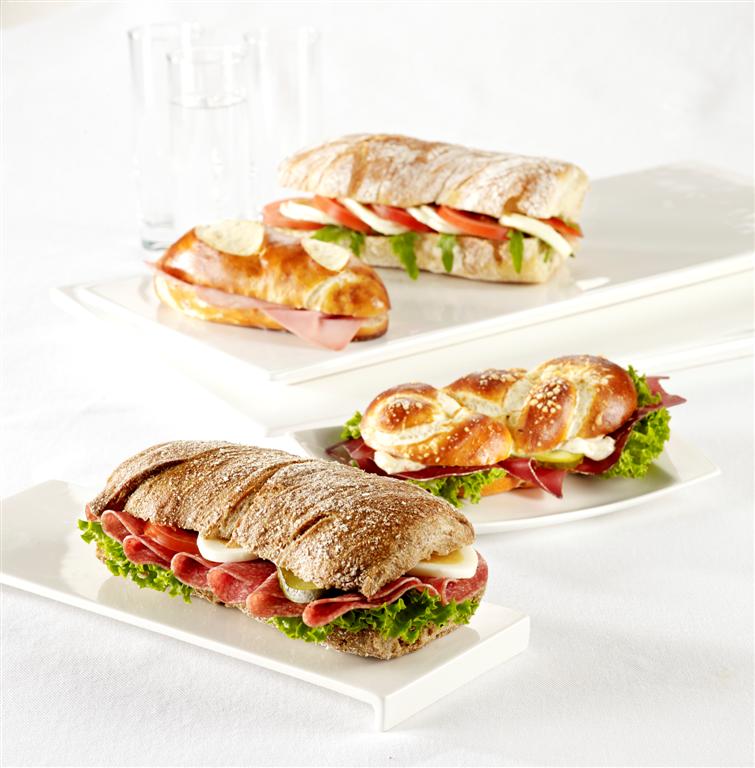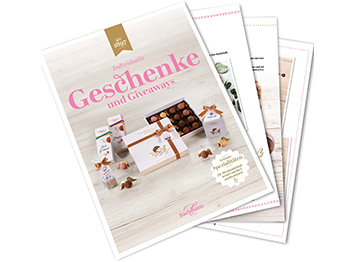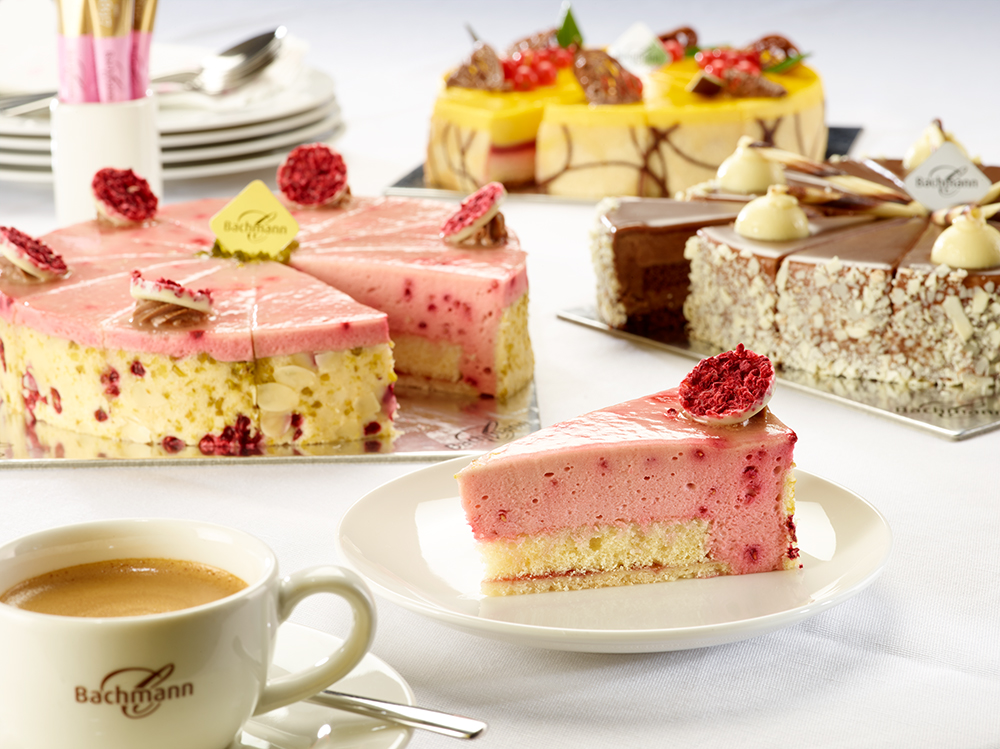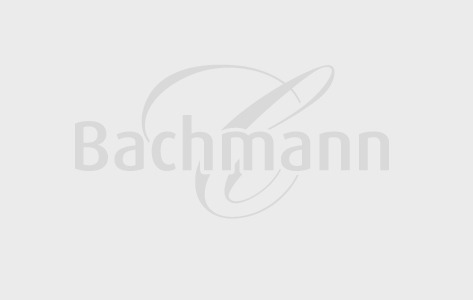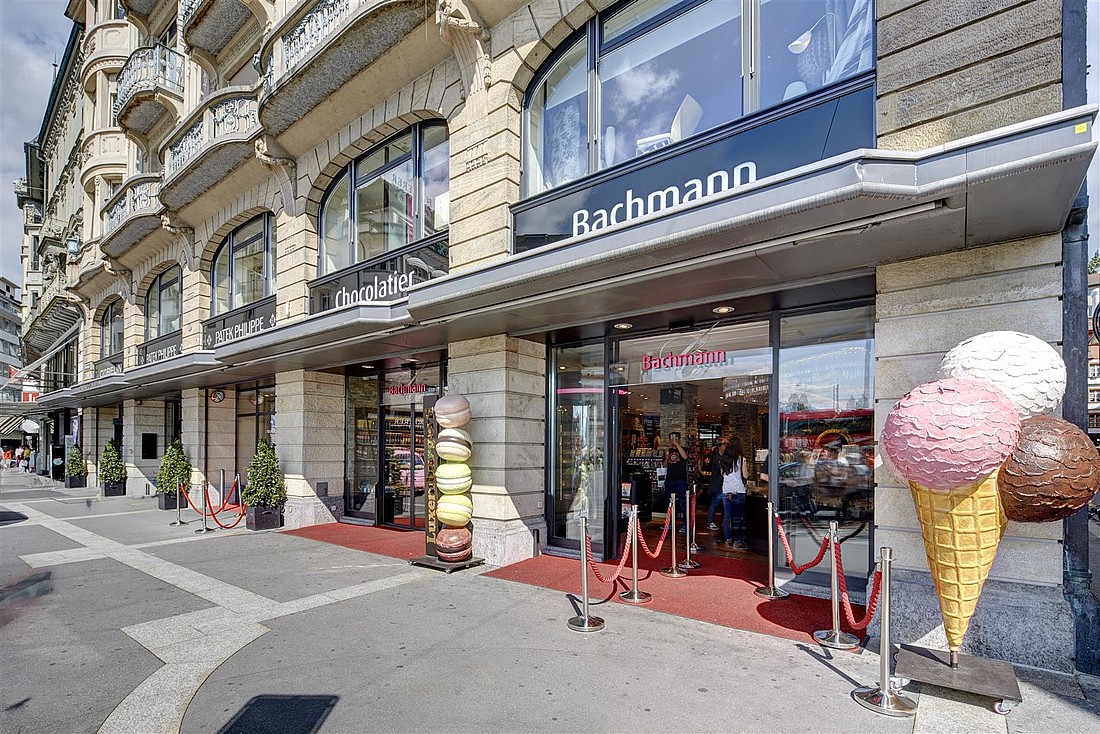Why is Swiss chocolate the best chocolate?
This frequently asked question fills the Swiss chocolate industry with pride, even though the underlying judgment may be sentimentally biased. It is, however, a fact that the Swiss chocolate industry and its products rank among the best worldwide.
The high quality of Swiss chocolate depends on many factors. Crucial are the flawless quality of raw materials and state-of-the-art production processes in connection with strict quality standards for semi-finished products. Furthermore, the optimal processing to finished products through well-trained personnel.
What is Swiss chocolate?
"Swiss chocolate" is completely conched chocolate or chocolate mass, which was entirely produced in Switzerland, using cacao beans, cacao mass, cacao butter, sugar and if applicable, milk. Besides, the use of the label "Swiss chocolate" in Switzerland and abroad is bound to the "clarity principle". This requires that possible partial production abroad (e.g. forming or packaging of a product) needs to be declared on the packaging.
Due to its good reputation, it is not surprising that time and again "Swiss chocolate" is shamelessly copied abroad. With determination and great success, CHOCOSUISSE combats the improper use of the label "Swiss chocolate" worldwide since many years.
How much freedom does the Swiss chocolate industry have regarding production?
It is not surprising that in Switzerland - but also in the EU and other countries - the government strongly regulates what is chocolate and what is not. A special chapter in the Swiss General Food Law Regulation from 1st July 1995 contains various specifications on accetpable technical names and on the composition of products. The Swiss specifications are coordinated with those of the EU.
Since 1995 chocolate in Switzerland may also contain other vegetable fats than cacao butter up to a maximum of five percent by mass. However, at the same time the content of cacao components must not fall below the required minimum value. The addition of other plant fats allows the production of more heat-resistent chocolate, which can be of importance regarding the export to warm countries. Based on currently available information, Swiss producers do not make use of this option, which was introduced adapting to EU law.
What is the percentage of individual types of chocolate among the total consumption?
The very detailed sales statistics of the Swiss chocolate industry distinguishes between the different product types (bars, chocolate confectionery like pralines, semi-finished products etc.). These product categories consist of dark, white as well as milk chocolate. The percentage of the individual types of chocolate can therefore only be estimated. The percentage of milk chocolate within the entire chocolate consumption comes to a bit more than 80 %. Dark chocolate represents 10 % - 15 %. The percentage of white chocolate lies at around 4 % - 5 %. These percentages shift parallel to the changing consumption habits. Furthermore, currently a trend towards more dark chocolate can be observed.
How much chocolate eat the Swiss on average per year?
2013 about 83'884 tons of chocolate products (without cacao- and chocolate powder) were consumed in Switzerland. Based on an average resident population of 7,42 million, this comes to an average pro capita consumption of 11,3 kg. With this, Switzerland tops the list of all consumer countries. However, we have to bear in mind that these numbers include the unknown percentage of purchases made by holiday guests and cross-border commuters.

